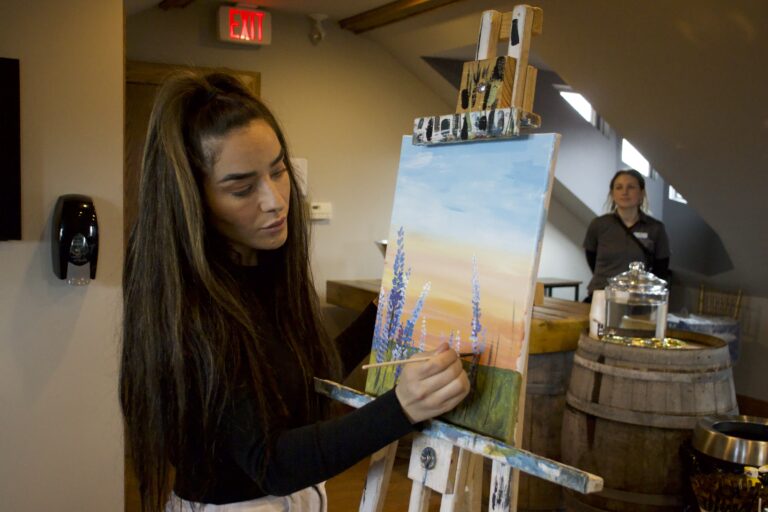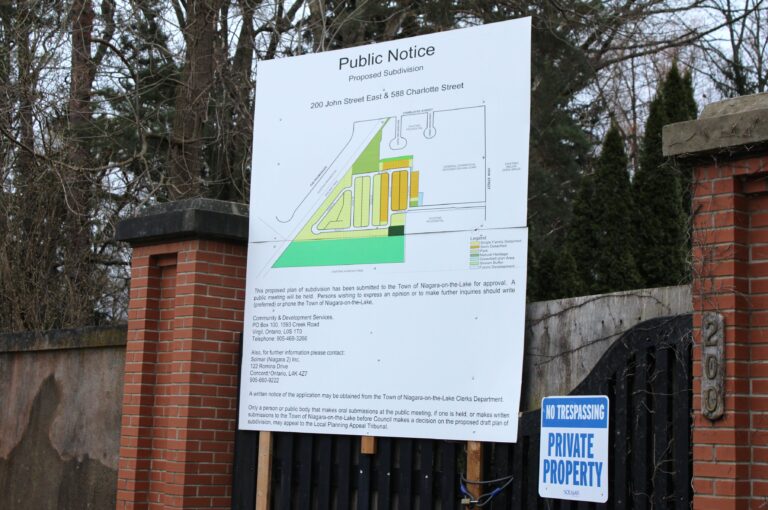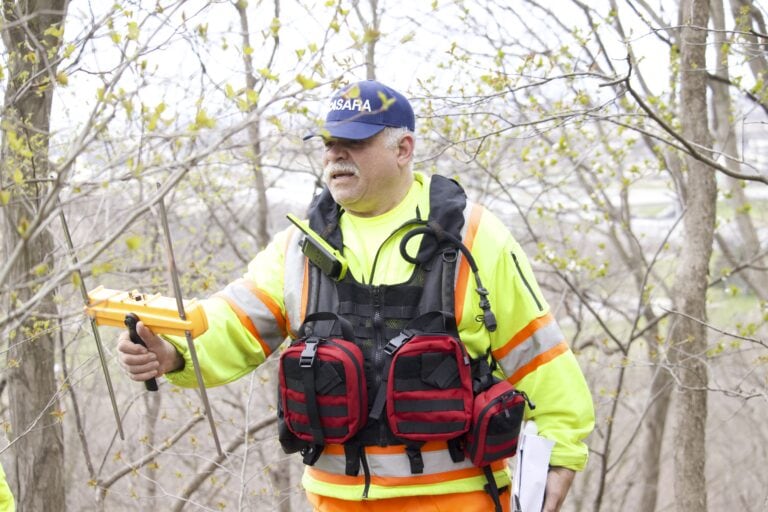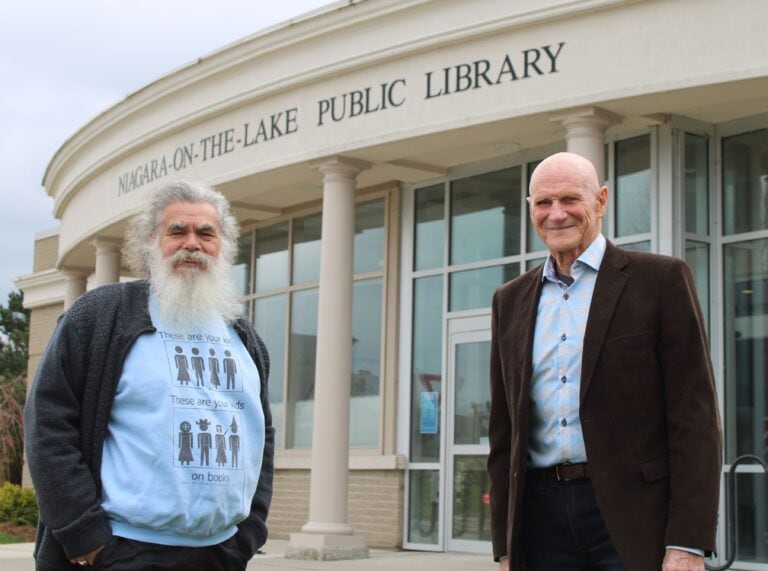Niagara Parks wrapped up a speaker series on environmental stewardship with a fascinating discussion of trans-border water issues.
Raj Bejankiwar, a physical scientist working for the International Joint Commission, explained how an innovative partnership is making waves and improving local habitat.
“I come from India and the waters are one of the critical issues,” said Bejankiwar.
“If there is a scarcity of water, there is always a conflict. When I came here and I looked at the how two big countries are trying to resolve issues amicably using the science, that was unbelievable.”
The border between the United States and Canada is about 9,000 kilometres from coast to coast, and almost 40 per cent of it is water. “It's no one organization's role to restore or protect,” said Bejankiwar. “It's all of our responsibility. It's our shared waters.”
In 1909, the two countries formed the International Joint Commission: an independent body to address issues involving shared waters. “We seek solutions and common ground through joint fact-finding. It’s science-based, so we don't take the sides of one (country) either way,” said Bejankiwar.
Pollution problems in the shared Great Lakes “really came to light in the 1970s,” said Natalie Green, a project manager with the Niagara Peninsula Conservation Authority.
“This triggered both of the governments to sign that 1972 Great Lakes Water Quality Agreement,” said Green as she showed a slide of President Richard Nixon and Prime Minister Pierre Trudeau signing the document.
Canada and Ontario have also signed an additional, complementary agreement about Great Lakes water quality, said Green. “All of the Great Lakes except for Michigan border Ontario, so this is really important.”
A 1987 update to the Water Quality Agreement outlined 43 different areas of concern that were “worse than the rest of the Great Lakes,” said Green. Each area of concern has a locally developed remedial action plan to improve water quality and ecosystem health.
“Our main goal is to get ourselves off of this list. It's not a great thing to be on this particular map,” said Green.
As part of the remedial action plan, the Niagara River team addressed E. coli at Queen’s Royal Beach in Niagara-on-the-Lake. With Environment Canada, they tracked where bacteria were coming from and eliminated the issue by repairing a stormwater outfall and disconnecting potential sources.
Green said, “We were monitoring three times a week,” until 80 per cent of samples met the water quality targets for safe swimming three years in a row. Since this success, the team has reported back to the IJC about this step in the right direction for the Niagara River area of concern.
The team also created 7.5 acres of habitat in the last five years, because “approximately 75 per cent of historical coastal wetlands had been lost due to development and land use changes,” said Green.
They anchor trees to the riverbed and place rocks in the water, which slow the flow rate and allow fish to spawn and hide. Planting native species along the shoreline also supports pollinators, protects against erosion and filters runoff.
From this inspiring summary of collective action, Brock professor and moderator Dr. Ryan Plummer observed happily, “I've never hosted a session where I've heard the word ‘collaboration’ and ‘partners’ this many times … I started keeping track halfway through, and I think I got to over 100 mentions.”
For anyone keen to join the collaboration, the Niagara River remedial action plan sends out an e-newsletter and shares volunteer opportunities via social media.
And though the presentation discussed restoration on public land, the conservation authority also offers grants to help private landowners conduct similar projects.
Kyra Simone is a green-at-heart NOTL resident with master's degrees in biology and science communication. In her spare time, she advocates for sustainable change, picks up litter, makes recycled jewelry and transforms furniture bound for the landfill.










